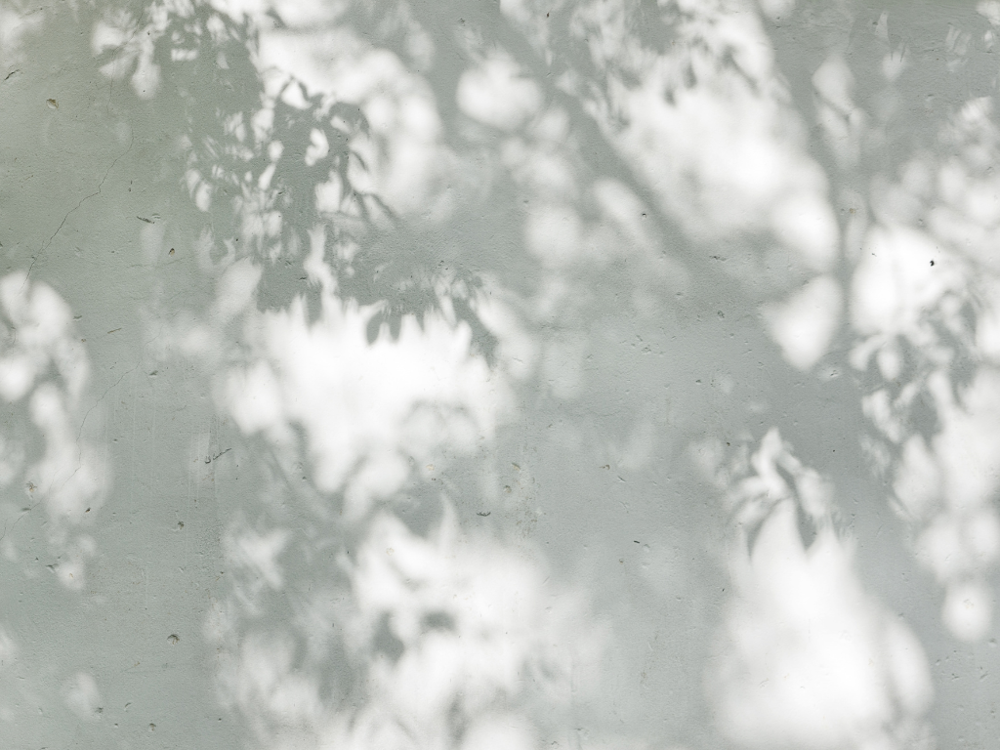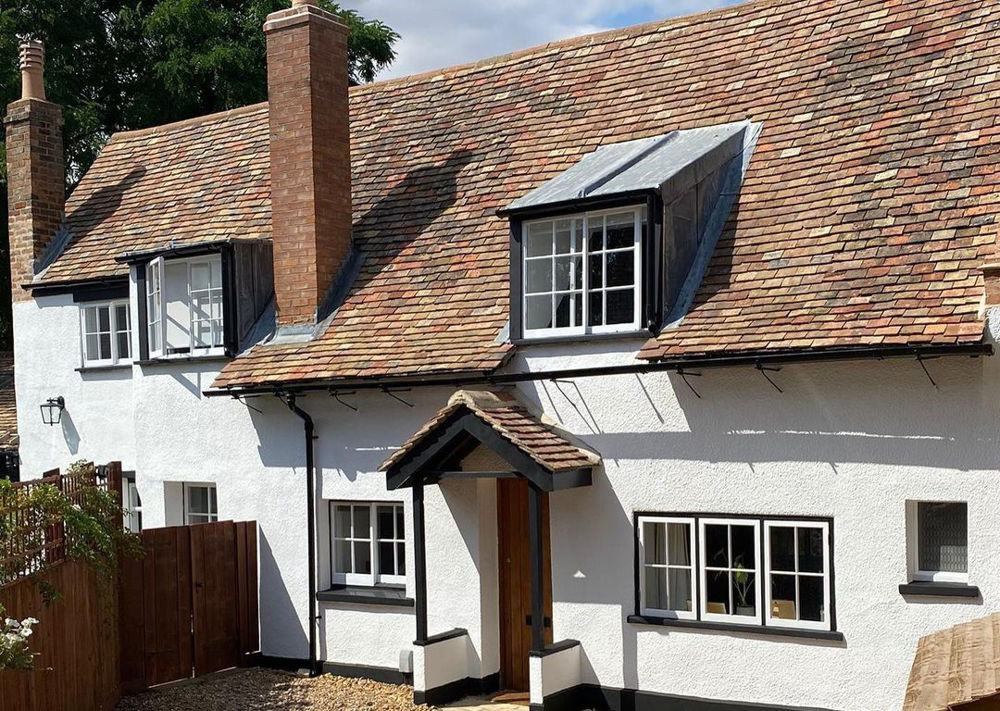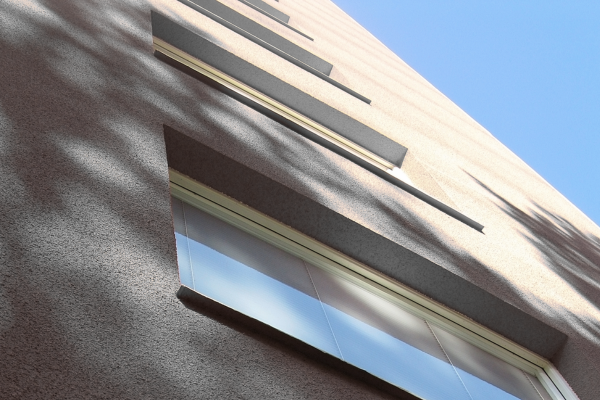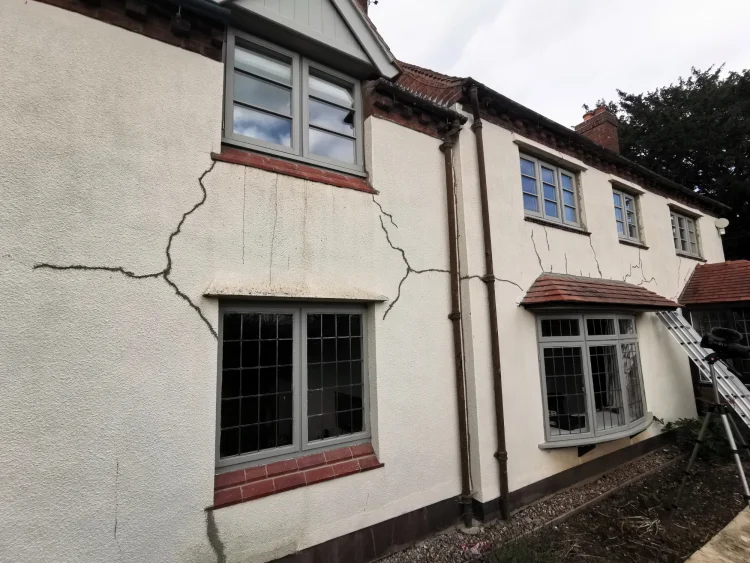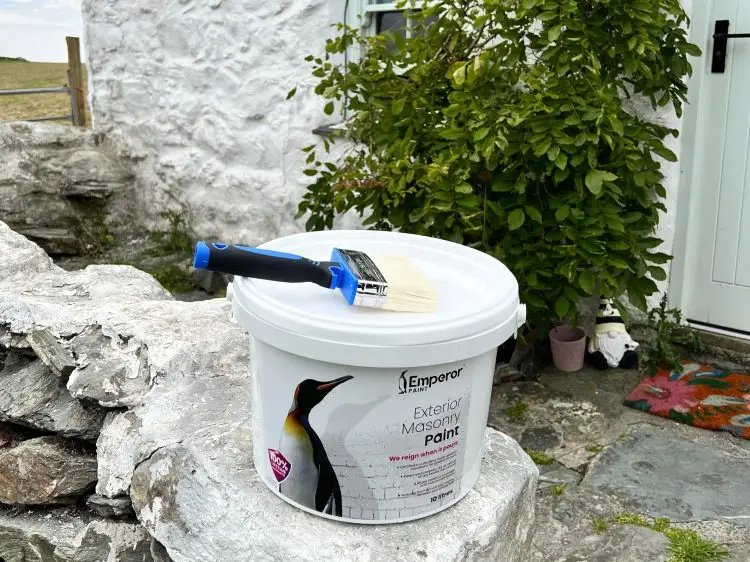Textured Masonry Paint – The Ultimate Guide
Textured masonry paint is a specialist exterior paint designed to add texture to brick, render and other masonry surfaces.
If you’re planning to paint exterior walls, you’ve likely come across textured masonry paint and wondered how it performs, is it harder to apply and how it differs to a smooth masonry paint.
This guide explains everything you need to know about textured masonry paint, so you can make the right choice for your home.
What Is Textured Masonry Paint?
The term textured masonry paint refers to a paint that is designed for use on exterior masonry surfaces, including brick, stone and render that creates a non-smooth finish.
Textured masonry paint generally comprises of a paint base with added grit such as very small stones. This provides the paint with a fine textured surface, which is effective at covering any small blemishes that smooth paint may not be able to hide.
Textured Masonry Paint Vs Smooth Masonry Paint
Generally, smooth masonry paint is the typical choice when it comes to painting exterior walls because it gives a clean, modern appearance. It covers surfaces evenly and provides a consistent, uniform finish. It’s also easy to apply as all you have to do is cover the existing surface.
Textured masonry paint is used when you want to add texture or disguise imperfections. The added texture helps disguise cracks, rough patches and create a more even, lightly textured finish.
In terms of protection or durability, there’s little difference between the two. This depends on the formulation, not the finish. The main difference is the visual appearance they achieve.
Things to Consider Before Using Textured Masonry Paint
Before starting your project, it’s important to consider some key areas to find out if textured masonry paint is right for your project.
- Texture
- Performance
- Application
1. Texture
In the UK, our homes have various textures and finishes, ranging from smooth renders up to rough textures such as pebbledash.
When these surfaces develop cracks and other defects emerge, repairing the texture can lead to an uneven finish as the repairs don’t always match the existing wall.
Textured masonry paint usually comes in a fine texture and needs to be applied at a set coverage rate, meaning they can only create one finish.
This means that it can often be difficult to match any existing textures to the new textured masonry paint that is being applied, leaving uneven surfaces.
For homeowners needing control, newer systems have been developed that allow flexibility when repairing or blending textures. Emperor Textured Basecoat for example allows you to choose the level of texture by changing the roller or application method. This allows you to repair isolated areas rather than applying a texture to the full wall, which you can then paint over using your chosen masonry paint.
2. Performance
A textured masonry paint is your topcoat, meaning it’s the final layer that protects the wall. That means it needs to perform long-term.
A good masonry paint should keep water out while allowing water vapour to escape. This balance prevents trapped moisture, the main cause of peeling paint.
Always check the SD value of the paint you are buying. As a guide, anything below 0.5 is considered breathable, while below 0.1 is considered highly breathable. Choosing a highly breathable masonry paint reduces the risk of damp, paint peeling and damage to the wall itself.
Learn more: The importance of breathability
3. Application
Textured masonry paint is thicker than a standard smooth paint, so application is an important factor in deciding if it’s right for you.
Textured paints need more care when applying. The grit within the paint makes rolling slower and more difficult.
You will also typically find you need more paint compared to a smooth formulation.
If you’re confident and comfortable taking your time, a textured finish can add depth, hide imperfections and give you a painted finish all in one. If you want an easier, faster project, using a repair system like Emperor Textured Basecoat and overcoating it with a smooth masonry paint can be a more practical option.
When Should You Use Textured Masonry Paint?
So, with all things considered when should you use a textured paint and when should you stick to a traditional smooth paint?
Use textured masonry paint when:
- You want a lightly textured finish across an entire wall
- The wall is generally sound but you want to soften or disguise small imperfections.
- You are able to take your time to apply it evenly for best results.
Use a smooth masonry paint when:
- You want control over how heavy or light the texture is before painting.
- The wall has an uneven surface that you want to blend in.
- You want the performance, colour choice and breathability of a smooth masonry paint as the final protective layer.
Frequently Asked Questions
IS A TEXTURED FINISH RECOMMENDED FOR COASTAL OR RURAL AREAS?
A textured finish is often common in rural and coastal areas generally because these finishes are easier to repair if cracks and other imperfections arise. This is potentially where the misconception that textured masonry paints are more durable comes from.
If you want to help reduce the risk of your walls becoming weathered and help prevent paint failure, using a paint like Emperor Masonry Paint is ideal. It’s designed for long-term durability even in harsh weather conditions with a 25 year proven performance and a lifetime guarantee.
WILL TEXTURED FINISHES GET DIRTY?
One of the most common problems homeowners can experience with textured finishes is that they have a tendency to gather dirt over time. The small gaps between the texture can create a breeding ground for organic growth to attach and discolour the surface.
DO I NEED TO USE A TEXTURED MASONRY PAINT ON A TEXTURED WALL?
One of the biggest misconceptions we see is homeowners who think if they already have a textured wall, they need to use a textured masonry paint.
If you already have a textured wall, applying another textured finish will simply create another texture on top of that original finish. That is why the only reason you would use a textured masonry paint or textured basecoat is if you want to create a new texture either on a smooth surface or a textured surface that doesn’t match the other areas of the wall. This will allow you to create a seamless finish over the full wall and prevent any patchiness.
If you have more questions, we are here to help with our in-house team of experts. Chat to them by emailing [email protected] and get advice tailored to your project.
Ready to start? Take our handy quiz to get personalised recommendations and find the right products for your project, or kickstart your project by ordering a sample of Emperor Masonry Paint.
This article was written by the Emperor Technical Team, a group of experts with an average of over 25 years experience in the building industry. They work daily with homeowners, tradespeople and specification professionals to deliver practical, expert guidance that promotes long-term results, supports wall health and helps create homes that are prepared for the future.



